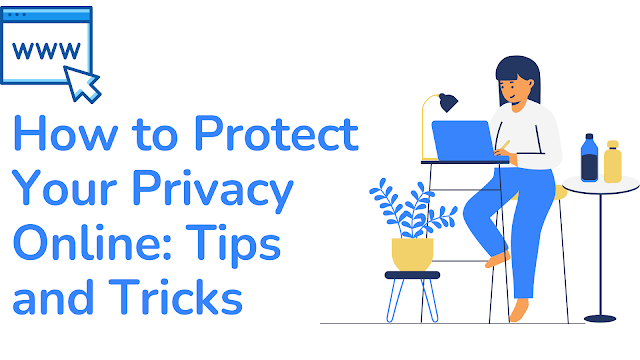1. Use strong, unique passwords: One of the easiest ways to protect your online accounts is by using strong, unique passwords. Avoid using the same password for multiple accounts, and make sure to use a combination of letters, numbers, and special characters. You might also consider using a password manager, which can help you generate and store complex passwords securely.
2. Enable two-factor authentication: Two-factor authentication (2FA) is an extra layer of security that requires you to enter a code sent to your phone or email in addition to your password when logging in to an account. This helps to prevent unauthorized access, even if someone else has your password.
3. Be cautious when sharing personal information: Think twice before posting personal information, such as your home address or phone number, on social media or other public platforms. Consider limiting the amount of personal information you share online, and be especially careful when sharing sensitive information like your date of birth or financial details.
4. Use a virtual private network (VPN): A VPN creates a secure, encrypted connection between your device and the internet, helping to protect your online activity from prying eyes. This can be especially useful when using public Wi-Fi, as it can help to prevent others from snooping on your browsing activity.
5. Keep your software and devices up to date: It's important to keep your operating system, web browsers, and other software up to date with the latest security patches and updates. These updates often include important fixes for vulnerabilities that could be exploited by hackers.
6. Be wary of phishing scams: Phishing scams are fraudulent emails or websites that aim to steal personal information or login credentials. Be on the lookout for suspicious emails or links, and never click on a link or enter your login information if you're not sure it's legitimate.
7. Use privacy-focused search engines: When searching the internet, consider using a privacy-focused search engine like DuckDuckGo or StartPage. These search engines don't track your search history or personal information, which can help to protect your privacy online.
By following these tips and tricks, you can take control of your online privacy and protect yourself from potential threats. While it's impossible to completely eliminate the risk of having your personal information compromised, taking these precautions can go a long way towards keeping your data secure.

Comments
Post a Comment